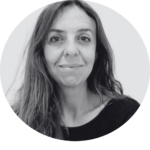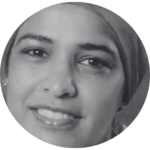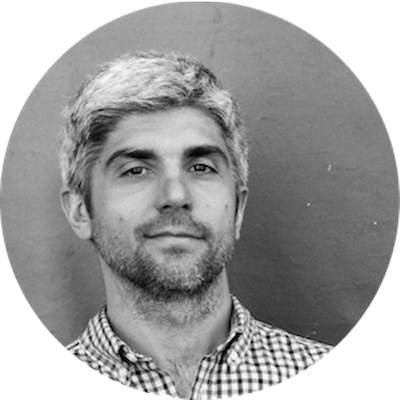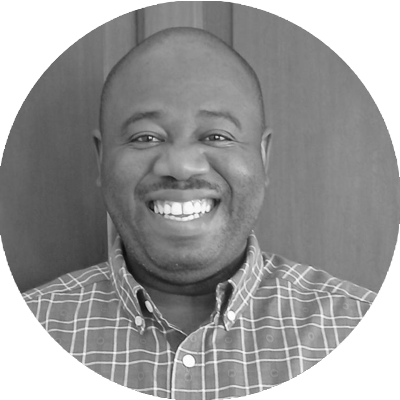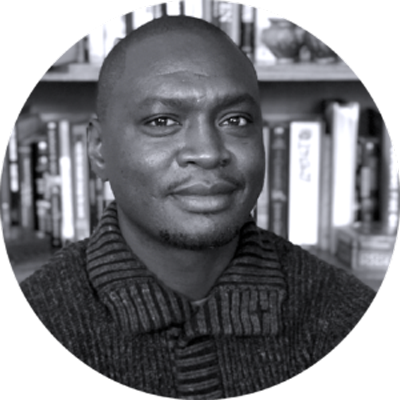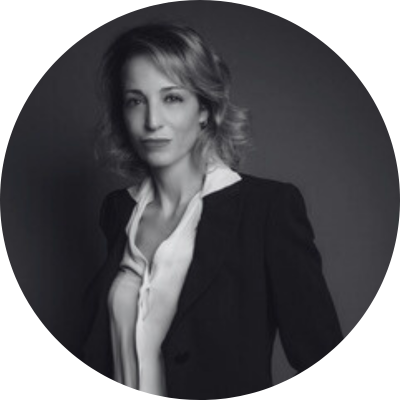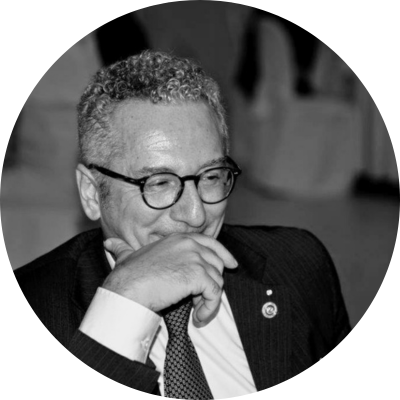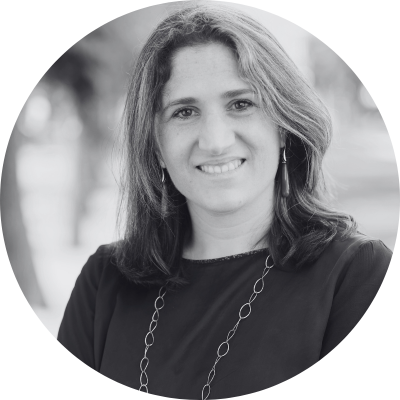
Lessons learned from a year of peacebuilding in Somalia
Lessons learned from a year of peacebuilding in Somalia
Throughout 2023 we have been implementing a pilot project to support peacebuilding efforts in Somalia. This was the first time that we, as AP, worked in Somalia, and our knowledge of the country’s realities was admittedly limited. Twelve months later, this experience has given us an incredible amount of new insights and knowledge. Some of it we expected to gain. Some of it was quite unexpected. And all of it is helping us to define how to continue working to support Somalia’s transition away from war and towards sustainable peace.
Conflict and peace in Somalia
Somalia has experienced violent conflict since 1991, after the collapse of Siad Barre’s regime, and war has persisted for almost three decades. In the last ten years, however, conflict dynamics in the country have shifted following the creation of the Federal Government of Somalia (FGS) in 2012. With the support of the international community and the African Union (AU), the FGS has re-gained control of many parts of the country from the terrorist group Al-Shabaab, and started to establish a new and viable political system. This has focused on the creation of several Federal Member States (FMS), as part of a federalisation process that is very much ongoing. The successful creation of FMS and the consolidation of the FGS have thus re-kindled hopes for a peaceful Somalia, and improved security in many areas of the country. Recent gains have been inconsistent, however, and violent conflict in remains a daily fact of life.
The “Somalia Media Hub for Peacebuilding and Human Rights” project
We designed the “Somalia Media Hub for Peacebuilding and Human Rights” project at the end of 2022, together with the Horn Afrik New Agency for Human Rights (HANAHR), an organisation of Somali journalists working to shed light on human rights violations. The overall objective of the project, which was funded by the Institut für Auslandsbeziehungen (IFA), was to strengthen the role of Somali media in supporting the country’s transition from violent conflict to peace. In pursuit of this objective, HANAHR engaged a small group of journalists and increased their knowledge of peacebuilding. It then helped them to create stories that put a spotlight on mediation and other positive changes that are taking place in the country. In parallel, we conducted new research on media and peacebuilding in Somalia, and supported the creation of several media outputs—including interviews with community-based mediators and poetry readings—which have been disseminated across various Somali media outlets over the past few months.
As already mentioned, this was the first time that AP was able to implement a project in support of peacebuilding efforts in Somalia. It was also the first time that we were collaborating with HANAHR on grant implementation (before, we had focused on programme design and fundraising). It was, therefore, a learning process throughout, from which some useful lessons learned were borne.
Lessons learned
The first lesson learned is about the richness of the context—and the need to make sure that this richness is reflected in all project activities. As peacebuilding experts, we felt we knew what should be done to promote peacebuilding in Somalia. The very choice to focus on media and peacebuilding came from our expertise on the topic: we knew that in many other contexts media had played a positive role in a country’s transition, and felt that this could be the case in Somalia also. What we did not know is how rich or dynamic the media landscape in the country is already.
We also did not know how different local realities could be: the project involved journalists from Garowe (in Puntland State), Hargeisa (in Somaliland) and Mogadishu. Each location differs in terms of security, of the resources available for journalists, and of regulations. These differences contribute to the richness of the media landscape and create opportunities for sharing (and replicating) experiences.
The second lesson learned is about Somali culture, and how it can be effectively harnessed to promote peacebuilding across different locations. In this respect, the biggest surprise was the discovery of the power that poetry has in the country. Poetry plays a very important role in Somali culture, and is very popular: poets are respected public figures, and poems can be important vessels for social messages and positive change, including on peace.
Luckily we had already recognised this opportunity when we designed the project, and this led to the creation of three poetry readings, in which different poets read original poems about peace (videos of the readings are accessible here, here and here). The surprise came, then, in engaging external stakeholders and audiences, who are generally familiar with Somalia because of the war, and of terrorism, and who were instead genuinely amazed when they discovered the power of poetry in Somali culture. Poetry, in this sense, can help to promote unity among Somalis and re-frame pre-conceived notions of the country for international audiences.
The third and final lesson learned is about ownership, and finding new models of collaboration. The project was co-designed by AP and HANAHR, with the expectation that implementation would be done jointly. This intention was immediately put to the test once we received the grant, which required adherence to strict reporting rules. These made sense to ensure accountability, but also reduced flexibility in the face of both a fast-changing environment and the to-be-expected adjustments of a newly established partnership.
In the end, we found a balance by putting HANAHR in charge of nearly all activities and giving us a supporting role, with a focus on administrative tasks and monitoring and evaluation. And even in our support role, we relied regularly on Somali collaborators, who were always more knowledgeable of the context than we could ever be, and also much closer to the people who took part in the activities.
This approach allowed us to take HANAHR and accompany it outside of its comfort zone. The organisation is primarily a human rights organisation, but thanks to the project they now have expertise on peacebuilding—and a track record. We, too, were taken out of our comfort zone: working on this project forced us to reckon with the compromises necessary to balance our desire to be a force for good with the rigid realities of the aid sector and, ultimately, with the burden of history linking Italy and Somalia.
All these lessons learned we are now taking forward as we continue to find ways to support peacebuilding in Somalia. In this vein, we have also created a resource page where all resources created under the project can be easily accessed. Anyone interested in learning more is welcome to visit.






